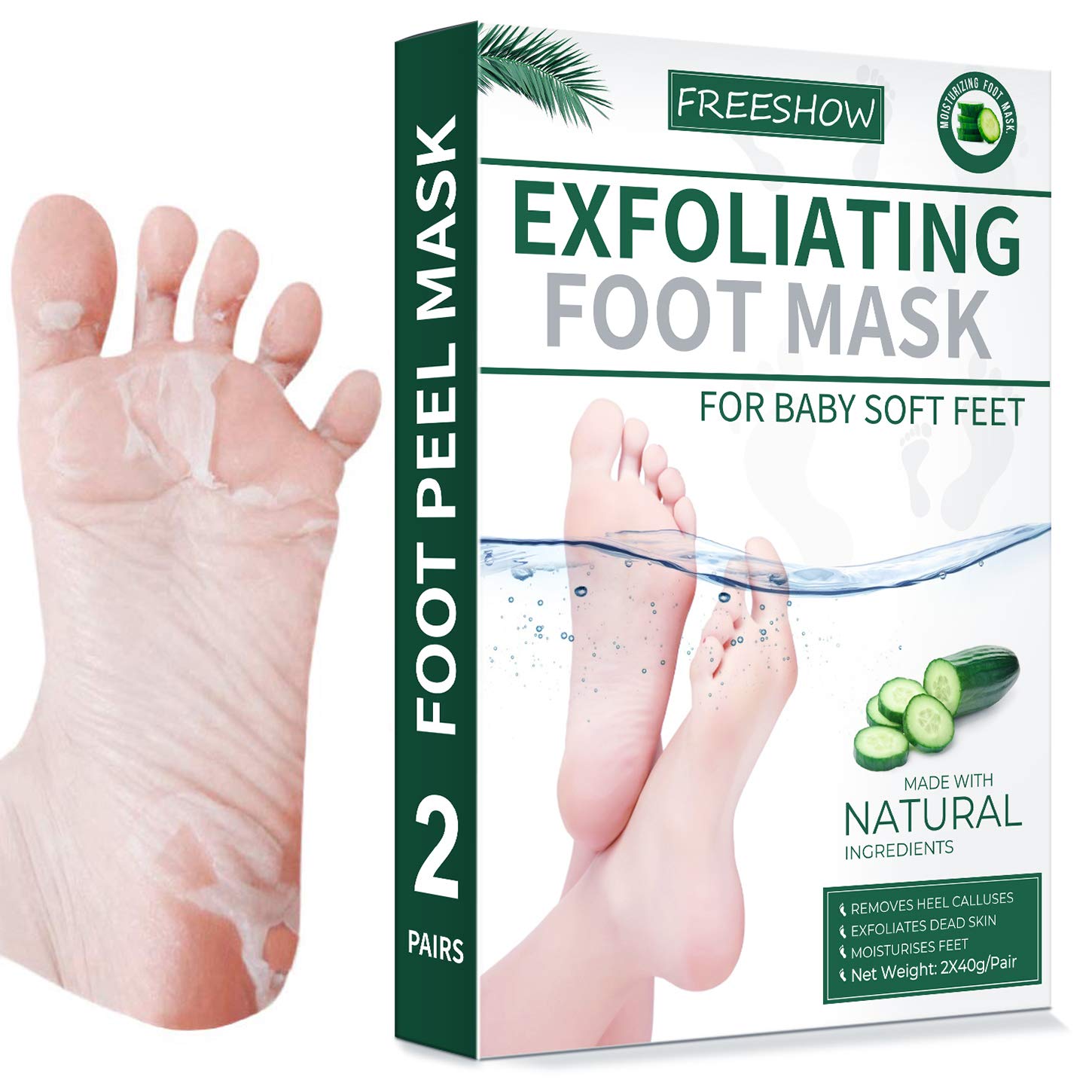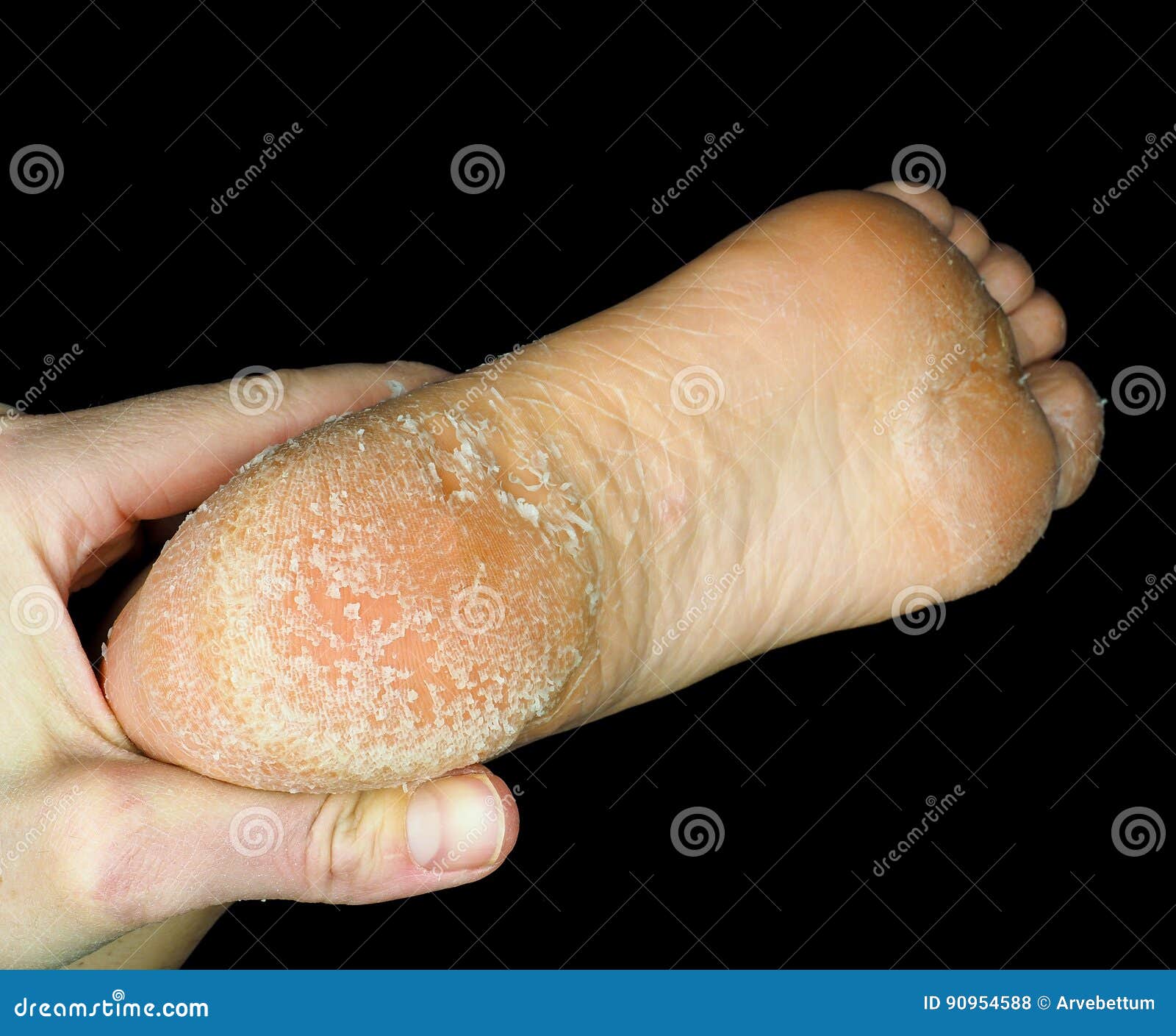Foot Peel: A Comprehensive Guide To Transforming Your Feet's Health And Appearance
Foot peel has become a popular method for achieving smoother, softer feet. Whether you're dealing with rough skin, calluses, or dryness, foot peel treatments can provide effective results. This article delves into everything you need to know about foot peels, from their benefits to application techniques, and how to maintain the results. Whether you're a skincare enthusiast or simply looking to improve your foot health, this guide is essential reading.
Foot care is often overlooked in our daily beauty routines, yet our feet endure constant stress and wear. They carry our weight, endure harsh weather conditions, and are often confined in shoes that can exacerbate dryness and roughness. Foot peels offer a solution to these common foot issues, providing a non-invasive way to rejuvenate your skin.
With the rise of DIY beauty treatments, foot peels have gained immense popularity. They are easy to use, cost-effective, and can be done at home. However, it's important to understand the science behind foot peels, their potential side effects, and how to choose the right product. This guide aims to equip you with all the necessary information to make informed decisions about your foot care routine.
Read also:Maysa Sweeten The Remarkable Journey Of A Talented Singer And Songwriter
Table of Contents
- What is Foot Peel?
- Benefits of Foot Peel
- How Foot Peel Works
- Types of Foot Peels
- How to Apply Foot Peel
- Tips for Best Results
- Common Side Effects
- Precautions and Warnings
- Maintaining Foot Health
- Conclusion
What is Foot Peel?
Foot peel is a chemical exfoliation treatment designed specifically for the feet. It typically comes in the form of a liquid or gel that you soak your feet in or apply directly to the skin. The active ingredients in foot peels, such as alpha-hydroxy acids (AHAs) and beta-hydroxy acids (BHAs), work to dissolve dead skin cells, revealing smoother, healthier skin underneath.
Unlike traditional exfoliation methods that rely on physical abrasion, foot peels penetrate deeper into the skin to break down the bonds between dead skin cells. This makes them particularly effective for tackling thick, calloused areas on the feet.
Key Ingredients in Foot Peels
Most foot peels contain a combination of the following ingredients:
- Urea: A natural moisturizer that softens and breaks down tough skin.
- Glycolic Acid: An AHA that exfoliates and stimulates collagen production.
- Lactic Acid: A gentler AHA that hydrates and exfoliates simultaneously.
- Salicylic Acid: A BHA that penetrates deep into pores to remove dirt and debris.
Benefits of Foot Peel
Foot peels offer numerous benefits for foot health and appearance. Here are some of the key advantages:
Smooth and Soft Feet
One of the most noticeable benefits of foot peels is the smoothness and softness they impart to the skin. By removing layers of dead skin, foot peels reveal fresh, healthier skin underneath.
Improved Circulation
Regular use of foot peels can enhance blood circulation in the feet. This is particularly beneficial for individuals who spend long hours on their feet or suffer from poor circulation.
Read also:Melissa Lee Gatlin The Inspiring Journey Of A Multitalented Artist
Reduced Calluses and Roughness
Foot peels are highly effective at reducing calluses and rough patches on the feet. They break down the hardened skin, making it easier to manage and maintain smooth feet.
How Foot Peel Works
The mechanism of foot peels involves a multi-step process:
- Application: The foot peel solution is applied to the feet, either through soaking or direct application.
- Penetration: The active ingredients penetrate the skin, breaking down the bonds between dead skin cells.
- Peeling Process: Over the next few days, the dead skin begins to peel off, revealing new skin underneath.
- Regeneration: The newly exposed skin is smoother, softer, and healthier.
Science Behind Foot Peels
Foot peels work by utilizing chemical exfoliants that target the stratum corneum, the outermost layer of the skin. These exfoliants dissolve the proteins that hold dead skin cells together, allowing them to shed naturally.
Types of Foot Peels
There are several types of foot peels available in the market, each catering to different needs and preferences:
At-Home Foot Peels
At-home foot peels are convenient and cost-effective. They come in various forms, such as:
- Soaking Solutions: You soak your feet in a tub filled with the peel solution.
- Booties: Disposable booties pre-filled with the peel solution for easy application.
- Gel or Creams: Applied directly to the feet and left on for a specified period.
Professional Foot Peels
Professional foot peels are performed by trained estheticians and often provide more intense results. They may include:
- Customized Formulas: Tailored to address specific foot concerns.
- Advanced Techniques: Such as microdermabrasion combined with chemical peels.
How to Apply Foot Peel
Applying a foot peel is a straightforward process. Follow these steps for optimal results:
- Cleanse Your Feet: Wash your feet thoroughly to remove dirt and oils.
- Apply the Peel: Follow the instructions on the product packaging for application.
- Wait for the Recommended Time: Most foot peels require you to keep them on for 1-2 hours.
- Rinse Off: Wash off the solution with lukewarm water.
- Moisturize: Apply a rich foot cream to lock in moisture.
Common Mistakes to Avoid
Here are some common mistakes to avoid when applying foot peels:
- Overusing the product, which can lead to irritation.
- Not following the recommended application time.
- Skipping moisturization after the peel.
Tips for Best Results
To maximize the effectiveness of your foot peel, consider the following tips:
Exfoliate Beforehand
Gently exfoliate your feet with a pumice stone or foot file before applying the peel. This helps remove loose debris and allows the solution to penetrate more effectively.
Moisturize Regularly
Keep your feet hydrated by applying a moisturizer daily. This will enhance the results of the foot peel and prevent dryness.
Wear Comfortable Shoes
Avoid wearing tight or uncomfortable shoes during the peeling process. This can cause irritation and delay healing.
Common Side Effects
While foot peels are generally safe, they can cause side effects in some individuals:
- Irritation: Redness, itching, or mild discomfort may occur.
- Peeling: Excessive peeling can lead to raw or sensitive skin.
- Allergic Reactions: Rarely, individuals may experience allergic reactions to certain ingredients.
How to Manage Side Effects
If you experience side effects, follow these steps:
- Discontinue use immediately.
- Apply a soothing cream or ointment to the affected area.
- Consult a dermatologist if symptoms persist.
Precautions and Warnings
Before using a foot peel, consider the following precautions:
- Patch Test: Perform a patch test on a small area of skin to check for sensitivity.
- Follow Instructions: Adhere strictly to the product's instructions to avoid overuse.
- Avoid Open Wounds: Do not apply foot peels to open wounds or cuts.
Who Should Avoid Foot Peels?
Certain individuals should avoid using foot peels, including:
- People with sensitive skin.
- Individuals with diabetic foot conditions.
- Those with severe allergies to chemical exfoliants.
Maintaining Foot Health
Foot peels are just one aspect of maintaining healthy feet. Here are some additional tips:
- Regular Cleaning: Wash your feet daily to keep them clean and free of bacteria.
- Proper Footwear: Choose shoes that fit well and provide adequate support.
- Moisturization: Keep your feet hydrated with a good-quality foot cream.
Long-Term Foot Care Strategies
For long-term foot health, consider incorporating the following strategies:
- Regular pedicures to maintain nail and skin health.
- Exercise to improve circulation in the feet.
- Consult a podiatrist for professional advice and treatment.
Conclusion
Foot peels offer an effective and convenient way to achieve smoother, healthier feet. By understanding how they work, their benefits, and potential side effects, you can make informed decisions about incorporating them into your foot care routine. Remember to follow proper application techniques and take necessary precautions to ensure optimal results.
We encourage you to share your experiences with foot peels in the comments section below. Your feedback can help others make better choices about their foot care. Additionally, explore other articles on our site for more beauty and health tips!


